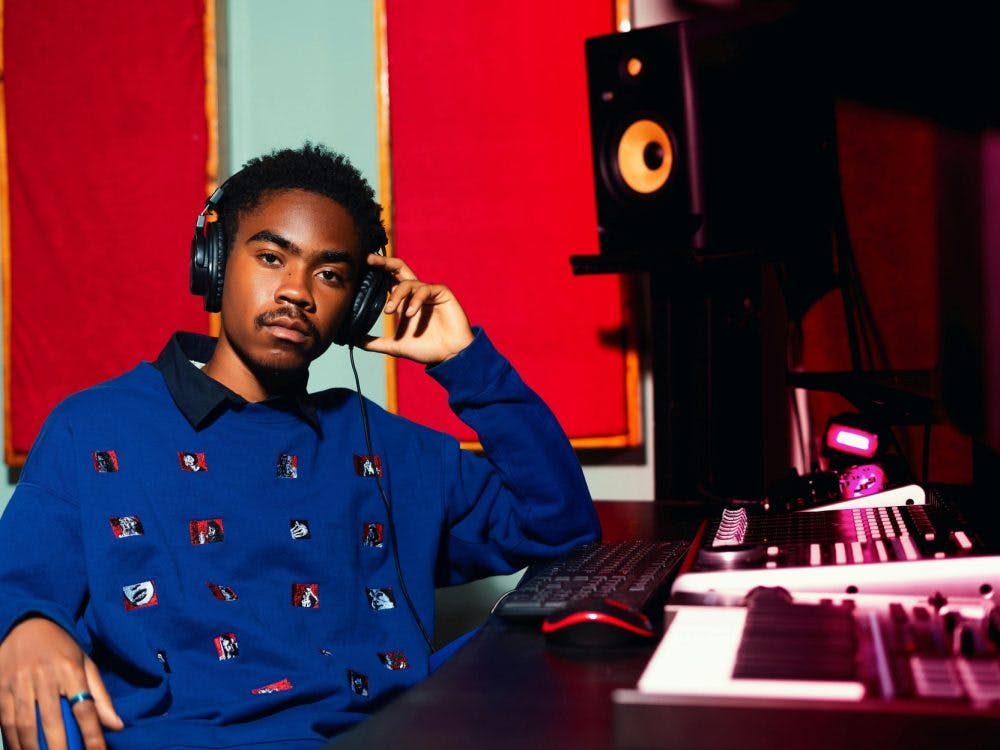Artificial intelligence is rapidly transforming vocal processing in music production, with adoption rates accelerating across both professional studios and independent artists. The technology has evolved from basic pitch correction to sophisticated voice modeling, synthesis, and transformation capabilities that were unimaginable just years ago. Current market trends show AI vocal tools becoming essential components in production workflows, with continued investment in research and development suggesting these technologies will define the next generation of music creation.
AI’s Role in Next-Gen Vocal Processing
The integration of artificial intelligence into vocal processing represents a significant shift in how music is produced today. Recent industry surveys indicate over 65% of professional studios have incorporated at least one AI-powered vocal tool into their workflows, with adoption rates growing 30% annually. This surge reflects both technological advancement and practical necessity – AI vocal processing delivers efficiency gains while opening creative possibilities previously inaccessible to many artists.
From Grammy-winning producers to bedroom artists, the democratization of these tools has reshaped expectation thresholds. The technology’s trajectory points toward increasingly integrated solutions that handle complex tasks with minimal user intervention, suggesting AI’s central role in production environments will only strengthen with time.
How AI Transforms Modern Vocal Production
Revolutionary AI-powered vocal tools are transforming how producers approach recording sessions and post-production workflows. Automatic tuning algorithms now analyze and correct pitch with uncanny precision while preserving natural vocal characteristics – moving far beyond the recognizable “robotic” effects of earlier technologies. Formant shifting capabilities enable gender transformation, age modification, and character voice creation without the artifacts common in traditional processing.
Deep-cleaning technologies powered by machine learning can isolate and remove background noise, room reflections, and microphone imperfections while maintaining vocal integrity. Perhaps most impressively, voice transformation technologies can now convert a single vocalist’s performance into multiple unique-sounding backing vocals or even simulate entirely different singers, dramatically reducing production costs and expanding creative possibilities.
Top AI Vocal-Processing Tools Available Today
The market for AI vocal enhancement solutions has expanded rapidly, with tools ranging from affordable plugins to comprehensive vocal production suites. Voice synthesis software has become increasingly sophisticated, allowing for realistic vocal generation and transformation. Most solutions fall into three main categories: pitch correction systems that intelligently analyze and adjust vocal performances; noise reduction tools that preserve clarity while eliminating unwanted sounds; and vocal manipulation plugins that transform timbral qualities.
For independent artists, accessibility varies significantly. Entry-level voice transformation tools offer basic functionality for under $100, while professional-grade vocal tuning plugins might range from $200-500. Cloud-based subscription models have made high-end processing more accessible, though processing power requirements remain a consideration for local processing. Studios typically invest in comprehensive solutions with broader capability sets and advanced customization options.
Will AI Replace Human Vocal Engineers?
While AI excels at technical tasks like pitch correction, noise reduction, and certain creative transformations, it remains limited in areas requiring aesthetic judgment and emotional intelligence. AI tools can execute precise edits in seconds that would take hours manually, but they struggle with contextual decision-making that considers an artist’s intent or a song’s emotional trajectory.
Human engineers provide crucial guidance on artistic choices, balancing technical perfection with emotional resonance. They understand when imperfections should remain as part of a performance’s character. The most effective approach combines AI’s efficiency with human oversight – using automation for technical heavy lifting while reserving creative direction for engineers who understand both technology and musicality. This partnership approach yields better results than either working in isolation.
Does AI Make Vocals Too Perfect—or More Human?
The concern about artificial perfection in music production predates AI, dating back to early digital editing and auto-tune controversies. Modern AI vocal technologies actually provide more nuanced, natural-sounding results than their predecessors. Today’s sophisticated algorithms can preserve the micro-variations and subtle imperfections that make performances sound authentic while correcting only what’s necessary.
Many contemporary systems allow engineers to dial in the precise amount of correction or transformation desired, maintaining a balance between technical accuracy and human expression. The focus has shifted from rigid perfection toward enhancing what makes each voice unique. As counterintuitive as it might seem, advanced AI processing often produces more natural-sounding results than traditional techniques by understanding the complexities of human vocalization.
Emerging Tech Driving AI Vocal Processing
Cutting-edge developments in vocal technology include real-time processing that eliminates latency issues, allowing performers to hear AI enhancements during recording. Emotion detection systems can analyze vocal performances and suggest processing that enhances emotional qualities, helping to better convey feelings like intensity, vulnerability, or confidence.
Our SoundID VoiceAI represents a significant advancement in this space, offering unprecedented control over vocal characteristics. With capabilities to transform a single voice into multiple backing vocals or even different instruments, it exemplifies how AI can expand creative possibilities while simplifying workflows. The system’s ability to process locally or via cloud services provides flexibility for different production environments, while its growing library of voice models supports diverse stylistic approaches.
Roadmap: Where AI Vocal Processing Is Heading
The evolution of AI vocal technology points toward increasingly intuitive interfaces that adapt to individual users’ workflows and preferences. We’ll likely see further integration with composition tools, enabling voice-driven arrangement and production. For professional studios, AI will handle more technical aspects of vocal production, freeing engineers to focus on creative direction and artist development.
Independent artists stand to benefit significantly as these tools become more accessible and user-friendly. Solutions like our SoundID VoiceAI demonstrate the direction of the industry – offering sophisticated capabilities previously available only in high-end studios at more accessible price points. With features like unlimited local processing options and a growing library of voice and instrument presets, it empowers creators to achieve professional results regardless of budget or technical expertise. As these technologies continue to evolve, the distinction between professional and home studios will increasingly blur, democratizing music production while raising the overall quality standard across the industry.



